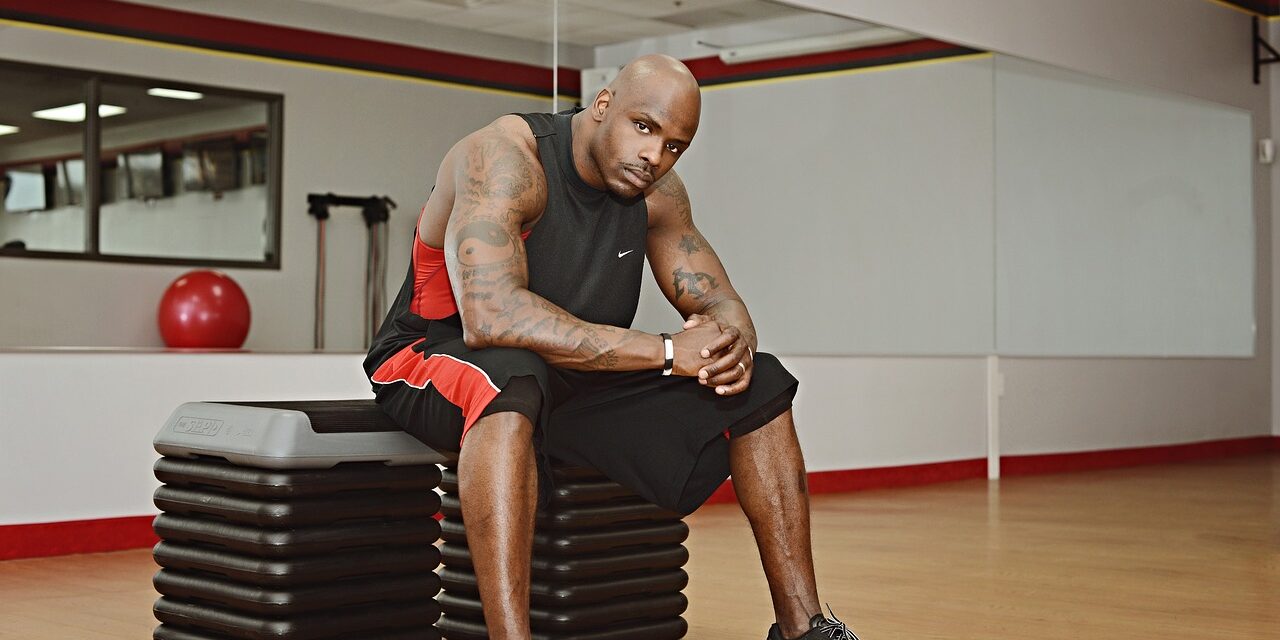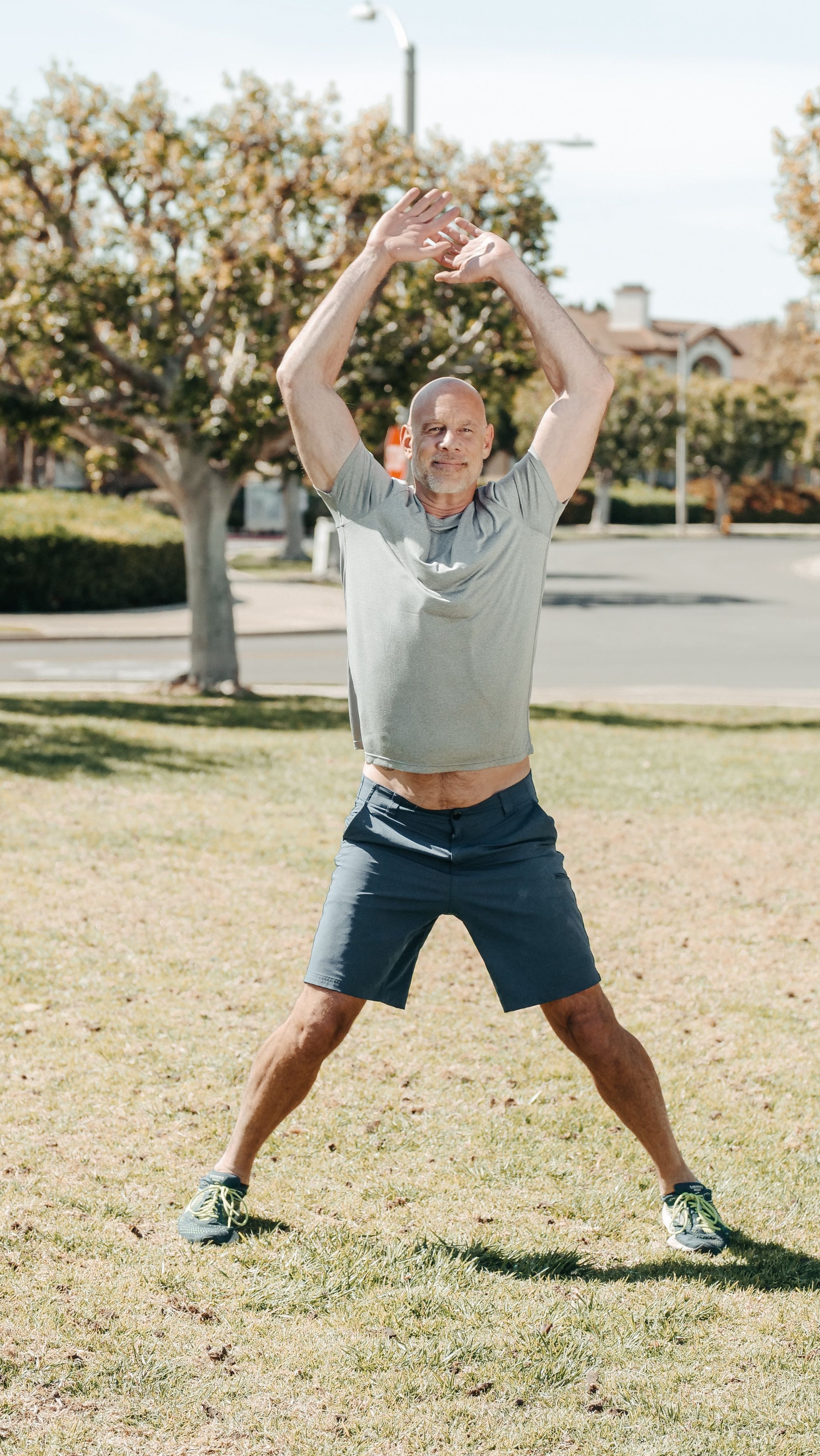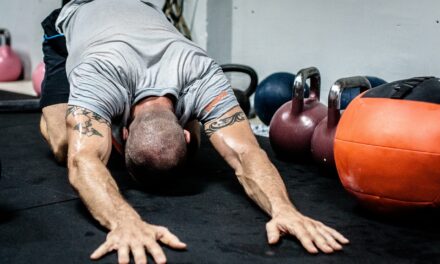Embarking on a fitness journey at any age can be a transformative experience, but for men over 50, it takes on a special significance. The phrase “men over 50 fitness” encompasses more than just the act of exercising; it represents a commitment to a healthier, more vibrant way of life. This comprehensive guide is dedicated to helping men over the age of 50 navigate the fitness landscape, offering insights into the most effective exercises and routines that cater to their unique needs.
Why is fitness particularly important for men over 50? As men age, they face a variety of physical and physiological changes, including decreased muscle mass, a slower metabolism, and a higher risk of chronic health issues like heart disease and type 2 diabetes. However, these challenges also present an opportunity. With the right approach to fitness, men over 50 can not only counteract these changes but also improve their overall health, boost their energy levels, and enhance their quality of life.
This article aims to be more than just a collection of workout suggestions. It’s an empowering resource for men who are looking to revitalize their fitness routines or embark on a new fitness journey. We will delve into various aspects of physical fitness that are vital for men over 50, including strength training, cardiovascular health, flexibility, and balance. Our goal is to provide practical, actionable advice, rooted in the latest research and expert insights, to help you build a comprehensive, enjoyable, and effective workout regimen.
So, let’s begin this journey of fitness exploration. It’s time to challenge the myths about aging and fitness and embrace this life stage with strength, confidence, and vitality. A thoughtful and well-executed fitness plan can help you not only look and feel better but also live a more active and fulfilling life.
Developing a Comprehensive Fitness Plan for Men Over 50
Creating an effective fitness plan for men over 50 involves understanding the specific needs and challenges of this age group. A comprehensive approach that combines various types of exercises is key to achieving and maintaining optimal health and fitness. Let’s explore these essential components in more detail.
Strength Training: Building and Maintaining Muscle
Strength training is crucial for men over 50. It helps combat the natural decline in muscle mass and strength associated with aging. Incorporating exercises such as weightlifting, resistance band workouts, or bodyweight exercises like push-ups and planks can significantly improve muscle health. Consistent strength training not only boosts muscle mass but also enhances metabolic rate, which tends to slow down with age. A study in the Journal of Applied Physiology underscores the importance of regular resistance training for older adults to preserve muscle strength and function.
Cardiovascular Exercises: Supporting Heart Health
Cardiovascular exercise is essential for maintaining heart health and managing weight. Activities such as brisk walking, jogging, swimming, or cycling are excellent for improving cardiovascular endurance. These exercises not only aid in burning calories but also play a significant role in preventing heart disease, which is particularly important for men over 50. The American Heart Association recommends at least 150 minutes of moderate aerobic activity per week for adults.
Flexibility and Balance Training
Incorporating flexibility and balance exercises is vital for maintaining joint health and preventing falls. Practices such as yoga, tai chi, or simple stretching routines help enhance flexibility, improve balance, and promote mental relaxation. Regular flexibility training can also aid in muscle recovery and prevent injuries.
Addressing Specific Health Concerns
When developing a fitness plan, it’s important to consider any existing health concerns. Conditions such as arthritis, hypertension, or back pain require tailored exercises. Low-impact activities like walking or aquatic exercises can be beneficial for those with joint issues. Consulting with healthcare providers and fitness experts can provide valuable guidance in creating a safe and effective workout regimen.
Expert Insights for a Balanced Approach
Fitness experts often emphasize the importance of a balanced routine for men over 50. This includes a mix of aerobic, strength, flexibility, and balance exercises. Starting slowly, focusing on proper form, and gradually increasing intensity can help prevent injuries and ensure steady progress. Regular physical check-ups and seeking professional advice can further tailor the fitness plan to individual needs.
In the next section, we will summarize these insights and provide actionable steps for men over 50 to develop and maintain an effective and enjoyable fitness routine.
Maximizing Fitness After 50: Key Takeaways and Practical Steps for Men
For men over 50, embracing a comprehensive fitness routine is a powerful step towards improved health, vitality, and longevity. Let’s summarize the key elements of a successful fitness plan for this age group and provide practical steps to implement these strategies effectively.
Essential Elements of a Fitness Plan for Men Over 50
- Strength Training: Incorporate strength training exercises to combat age-related muscle loss and maintain strength.
- Cardiovascular Workouts: Regular cardio exercises like walking, swimming, or cycling are vital for heart health and weight management.
- Flexibility and Balance: Include flexibility and balance exercises in your routine to enhance joint health and prevent falls.
- Health-Conscious Approach: Adapt your fitness routine to accommodate any existing health concerns, focusing on low-impact and safe exercises.
Actionable Steps for Implementing a Fitness Plan
- Consult Healthcare Professionals: Before beginning any new exercise regimen, especially if you have pre-existing health conditions, consult with healthcare providers for guidance.
- Start Gradually: Begin with low-intensity exercises and gradually build up the duration and intensity based on your comfort and capabilities.
- Develop a Balanced Routine: Create a weekly exercise plan that includes a mix of strength, cardio, and flexibility exercises for a balanced approach to fitness.
- Set Realistic Goals: Establish achievable fitness goals and monitor your progress. This can help maintain motivation and provide a sense of accomplishment.
- Join Fitness Groups: Consider participating in fitness classes or groups catered to your age group. This can provide additional motivation and social interaction.
- Regularly Evaluate Your Routine: Periodically assess your fitness routine and make adjustments as needed. As your fitness improves, you may need to increase the challenge to continue seeing benefits.
- Enjoy the Process: Choose exercises and activities that you enjoy. Fitness should be a pleasurable and rewarding part of your lifestyle.
Adopting a fitness routine after 50 is not just about staying in shape; it’s about enhancing your overall well-being and quality of life. With a well-rounded approach and a commitment to regular activity, you can experience significant improvements in health, energy, and vitality. Embrace this journey with enthusiasm, and enjoy the benefits it brings to your life.






